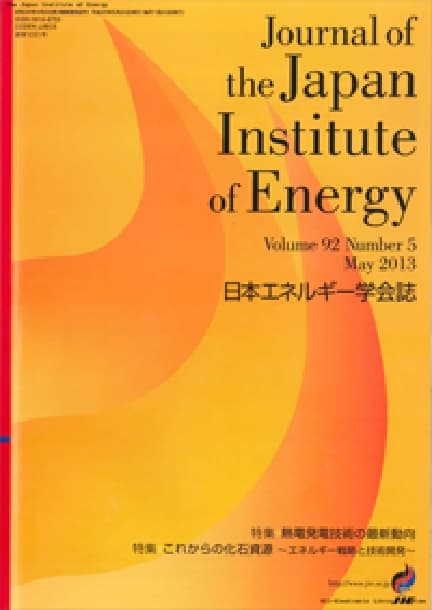Formation Mechanism of Carbonized Solid from Cellobiose under Hydrothermal Conditions
Seiichi INOUE, Satoshi KUMAGAI, Takashi ENDO
pp. 90-94
DOI:
10.3775/jie.103.90Abstract
This paper reports on the formation mechanism of carbonized solid from cellobiose, which is a decomposition product of cellulose, under hydrothermal conditions (temperature: 240 °C; holding time range: 0–240 min). With the increase in the temperature to 240 °C, most of the cellobiose was hydrolyzed to glucose, with no sign of a carbonized solid. The obtained glucose was converted to 5-(hydroxymethyl)-2-furaldehyde (5-HMF) in less than 15 min (holding time) at the designated temperature. A carbonized solid was obtained via 5-HMF among the existing compounds after an extended holding time of 30 min under the hydrothermal condition. On the other hand, for longer holding times (> 60 min) at the designated temperature, 5-HMF is known to mainly decompose into levulinic and formic acids. However, after obtaining these compounds, the carbonized solid yield did not increase. These results indicate that degradation products, such as glucose and levulinic acid, do not directly produce a carbonized solid but do so via 5-HMF.










